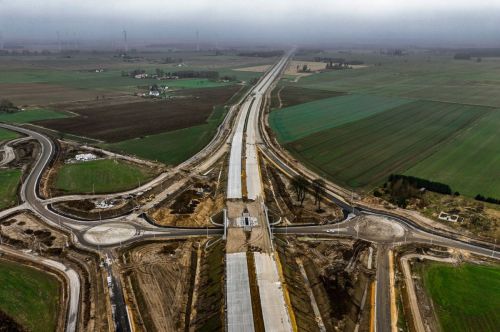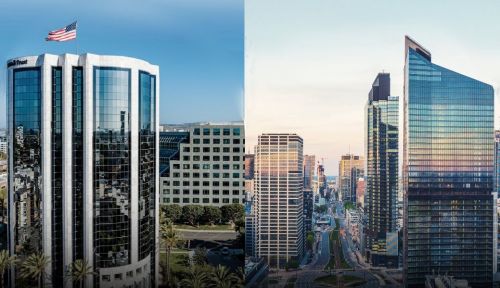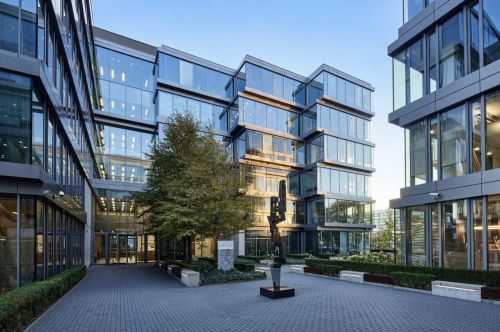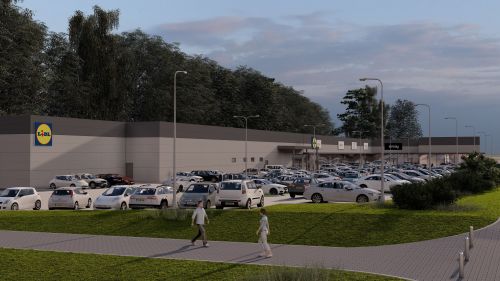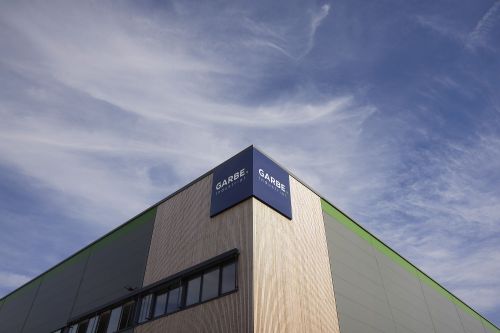Who knows what is really going on in the Romanian industrial sector? The latest data continues to paint a picture of a troubled market, but developers and leasing agents are increasingly making positive sounds that the market is finally moving in a good direction. What is the real picture? “Our forecast varies month-to-month, sometimes day-to-day! I believe that in our part of the CEE region we will be lucky enough to experience a slight GDP recovery in 2011, maybe 1–1.5 pct and a maximum of 1.5–2 pct in 2012 – but I’m an eternal optimist,” says Leslie Warren, the leasing director of Helios Phoenix Real Estate, the developer behind Olympian Logistics Parks network across Romania. “Leasing is tough right now for all of us. We have just leased out 4,500 sqm at Olympian Park in Braşov in a ten-year deal, we are about to lease 3,500 sqm at Olympian Park in Cluj, and we have seven meetings with potential tenants in our diary this month. The reality
















































